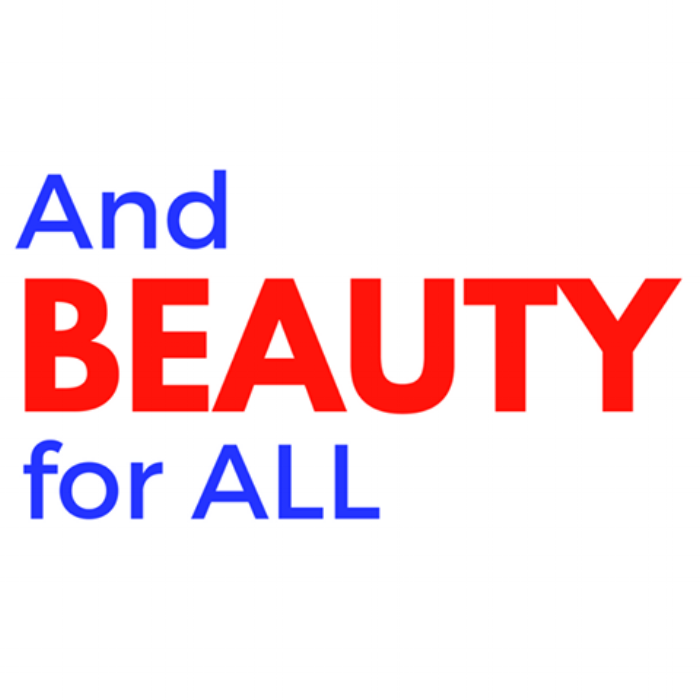What is Beauty?
We’ve often heard that “beauty is in the eye of the beholder,” and to a degree of course, that’s true. But the sense of beauty is quite universal, and it may have been programmed into us by evolution. While some people may prefer a more manicured form of nature, for example, and others, wilder landscapes, the grand cliffs of Yosemite and the glory of the Alps or the canals and colorful streets of Venice attract millions of tourists from all over the world, and westerners find the beauty of Japanese gardens and the Taj Mahal as appealing as Asians do.
We may not all agree on what is most beautiful, Lyndon Johnson said when he was promoting his highly effective campaign “for natural beauty and conservation,” in the 1960s, “but we all know what ugly is.” America, he said, was being “buried by unbridled growth.” Strip mines, garbage piles, pollution, and decaying communities are like wounds on the land.
Beauty appeals, and ugliness repels, writer Sandra Lubarsky points out, because beauty is life-affirming and enhancing. Beautiful landscapes offer a harmony of parts that we instinctively feel is good and healthful. By contrast, gashes in the earth, oil spills, and the like are as wounds to our own bodies, and garbage and litter give us a sense of life-threatening disarray.
New science demonstrates the value of nature for health and happiness, and good community design also affects both. In Vienna, Hermann Knoflacher has demonstrated how varied architecture and pedestrian-friendly design and pathways reduce stress and increase our energy, while congested, polluted boulevards clogged with noise and traffic, leave us tired and anxious.
“Beauty feeds a different kind of hunger…Beauty is not optional, but a strategy for survival…Finding beauty in a broken world is acknowledging that beauty leads us to our deepest and highest selves. It inspires us. We have an innate desire for grace. ”
There are, of course, more subtle cases. Environmental historian Baird Callicott points out the difference between a marsh and a golf course. We may not perceive the beauty of a marsh, seeing only mud and mosquitoes while golf courses usually strike us as visually pleasing. Yet the marsh is a life-affirming place that may be 10,000 years old, and a home for a vast ecology of interdependent plants and animals, while a golf course may be a lifeless place, it’s perfect greenery maintained by application of pesticides.
This is where education matters—it’s sometimes as needed to appreciate natural beauty as it to appreciate art. Here, Aldo Leopold’s notion of what is “right” comes into play. The beauty we seek also has integrity—we haven’t thrown away any of the important parts or oversimplified the web of life—and it has stability, being sustainable over time without foreign inputs. A golf course may lack both integrity—as a monoculture of exotic grass—and sustainability without constant spraying. But that doesn’t mean we condemn such courses, only that we should work to make them more naturally sustainable.
Examples of beauty
What is Beauty...
Join with us in the AND BEAUTY FOR ALL campaign—as we advocate restoring the mountaintops of Appalachia (with a program to put unemployed coal miners to work refilling and replanting instead of removing) and the wetlands of Louisiana, reawakening the deserted small towns of rural America and transforming the bleak streets and weed-filled open spaces in our cities. Join us to turn the vacant spaces to farms and parks and let beauty flourish throughout the land. Join us to restore small farms and sustainable agriculture and they beauty they provide.
We’d love to see chapters in every community and on every campus, attention from every form of media, beautiful projects dotting our entire country. We don’t need to reinvent the wheel—the beautification campaign of the Johnson years is still a blueprint for what can be if we are bold and true to our heritage. And there are many small projects doing just these things across our country. They just need recognition and duplication on a broader scale. We hope to publicize as many as we can learn about, projects like:
- Growing Power in Milwaukee, a huge urban farm started by former NBA player Will Allen that employs hundreds of inner city teens and grows millions of dollars’ worth of food.
- Eden Place in Chicago, another remarkable urban farm and a nature center.
- Woodlake Pride, a 14-acre botanical garden in a small California farming town that drew teens from local gangs and got them excited in growing things.
- The African-American Nature and Parks Experience organization and others that are introducing greater diversity to our parks and public spaces.
- The Los Angeles River, once a concrete-lined cesspool, but now being restored thanks to kayakers who proved the river was navigable and should be protected.
- The Tacoma, Washington, waterfront, where a focus on beauty reinvigorated one of America’s least livable cities and turned it into an All-American City.”
- Nevada City, California, where the fight to save the beautiful Yuba River has led to a decades-long push toward sustainability.
- Fairview Gardens, in the heart of suburban Santa Barbara, saved from development by engaged citizens.
- Duluth, Minnesota, where parks and a trail alongside Lake Superior created the most visited tourist destination in the state and revitalized the city.
- The Refresh Appalachia Project, which has unemployed coal miners restoring mountaintops—only three of 530 so far, but a start in the right direction!
And countless others! Maybe your town is one of them! We want to know!
We are in the richest country on earth have the resources for what David Brower called “CPR”—conservation, preservation and restoration of our land and communities, for the jobs that enhance beauty and quality of life which the market has overlooked, for the justice and democracy that insists on beauty for ALL, not just the favored few.



